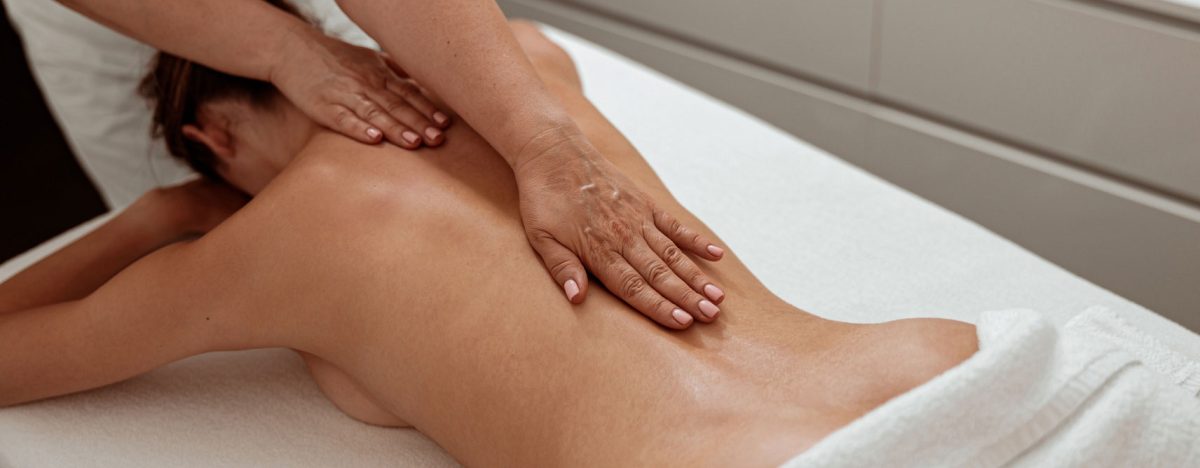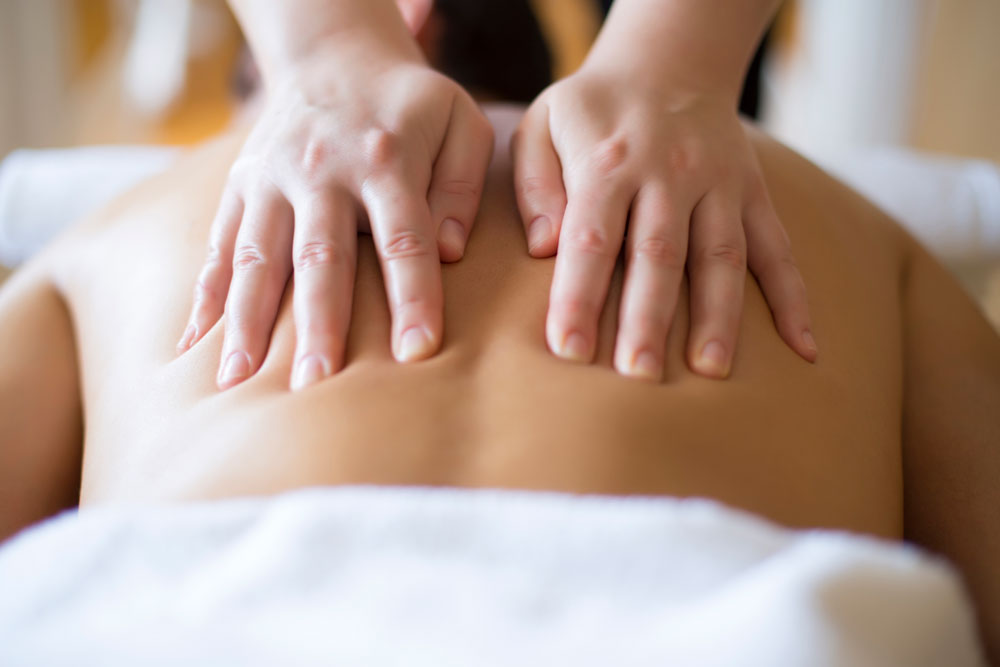Before a treatment, your massage therapist will perform a brief assessment and then propose a personalized treatment plan based on your results and health history. The assessment consists of various tests to determine the condition of your muscles and joints. Any personal and health information you provide to your massage therapist is completely confidential and will be stored. Your health information may not be released or transferred without your written consent. It's important to give your therapist all the facts and not remove any medical conditions from your health history (which should be updated annually).
Your massage therapist must also obtain your verbal consent to work on any part of your body, regardless of whether you are fully clothed, or fully or partially covered with sheets or blankets. Only the area being worked on will be exposed at a given time, using specialized draping techniques. There are certain sensitive areas such as the glutes, chest wall, chest and upper inner thigh for which written consent must be obtained prior to treatment and treatment in these areas must be clinically indicated. Your privacy will always be respected and you can withdraw your consent to treatment at any time.
Different specialized techniques using the hands, wrists and elbows, on the skin or clothes, make up the massage therapy treatment. The massage therapist will work with your level of pain tolerance during the treatment and the treatment can be stopped at any time if the treatment becomes uncomfortable.

